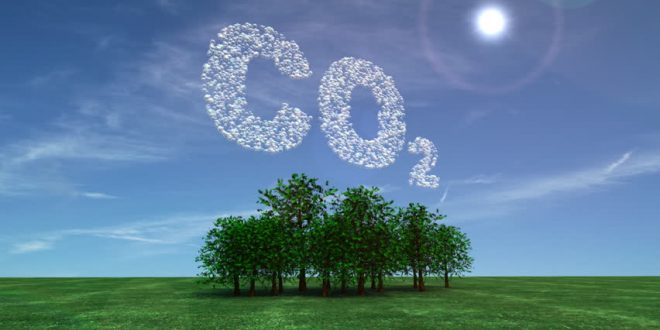A new research has raised doubts over the ability of trees to offset carbon emissions, finding that common trees can’t store as much carbon as previously thought.
Published in the Nature Climate Change journal, the research found that Australia’s iconic Eucalyptus forests are likely to need additional soil nutrients in order to grow and take advantage of extra carbon dioxide in the atmosphere.
The findings have significant implications for models used by international climate agencies, many of which assume that rising carbon dioxide will fertilise trees and result in more growth and capture of CO2 from the air.
“The world pays a lot of attention to climate change modelling, including predictions on the amount of carbon that will be stored in trees,” explains lead scientist, Professor David Ellsworth, from the University’s Hawkesbury Institute for the Environment.
“These reports are based on models and data taken largely from temperate forests where nutrients are in adequate supply, meaning that estimates on carbon absorption do not account for nutrient shortages on forest productivity.
“Since many of the world’s sub-tropical and tropical forested regions exist on low-nutrient soils, our results indicate that global estimates of carbon storage in forests could be too high.”
The research was conducted at Western Sydney University’s Hawkesbury Institute for the Environment, at the world’s only Free Air CO2 Experiment in native woodland, the innovative EucFACE facility.
The EucFACE climate experiment exposes large tracts of remnant native eucalypt forest to treatments of elevated CO2 at 550ppm, which is around 150ppm more than the air that is breathed today.
The research is in stark contrast to similar experiments in the United States and Europe, where researchers added extra CO2 to plots in temperate forests and found that trees increased their growth by around 23 per cent.
At EucFACE, however, the researchers found that while photosynthesis levels increased consistently by 19 per cent under elevated CO2, it did not translate into increases in wood, stems and leaves over the three-year measurement.
When the researchers added phosphorus to trees under elevated CO2, they found a consistent increase in tree growth of 35 per cent, demonstrating how Australian eucalypts would probably store more carbon from the air if they had access to enough nutrients.
Because CO2 levels are gradually rising, scientists believe that within thirty to fifty years the air will contain 550ppm or more of CO2, resulting in potentially massive changes to the climate and the ecosystems that support life on Earth.
“Many greenhouse crops such as tomatoes, cut flowers and cucumbers are given added CO2 to make them grow bigger, faster and yield more fruit,” says Professor Ellsworth.
“Yet out in Australia’s native forests, conditions for plants are not quite so ideal. Australia’s soils are very old and weathered by millions of years of sun and rain, meaning soils are very low in nutrients, and most of the available nutrients are tied up inside wood, leaves and roots.
“It means that our soils simply lack the available nutrients that would let trees take advantage of the extra CO2 they find in the air.”
Agencies/Canadajournal
 Canada Journal – News of the World Articles and videos to bring you the biggest Canadian news stories from across the country every day
Canada Journal – News of the World Articles and videos to bring you the biggest Canadian news stories from across the country every day



